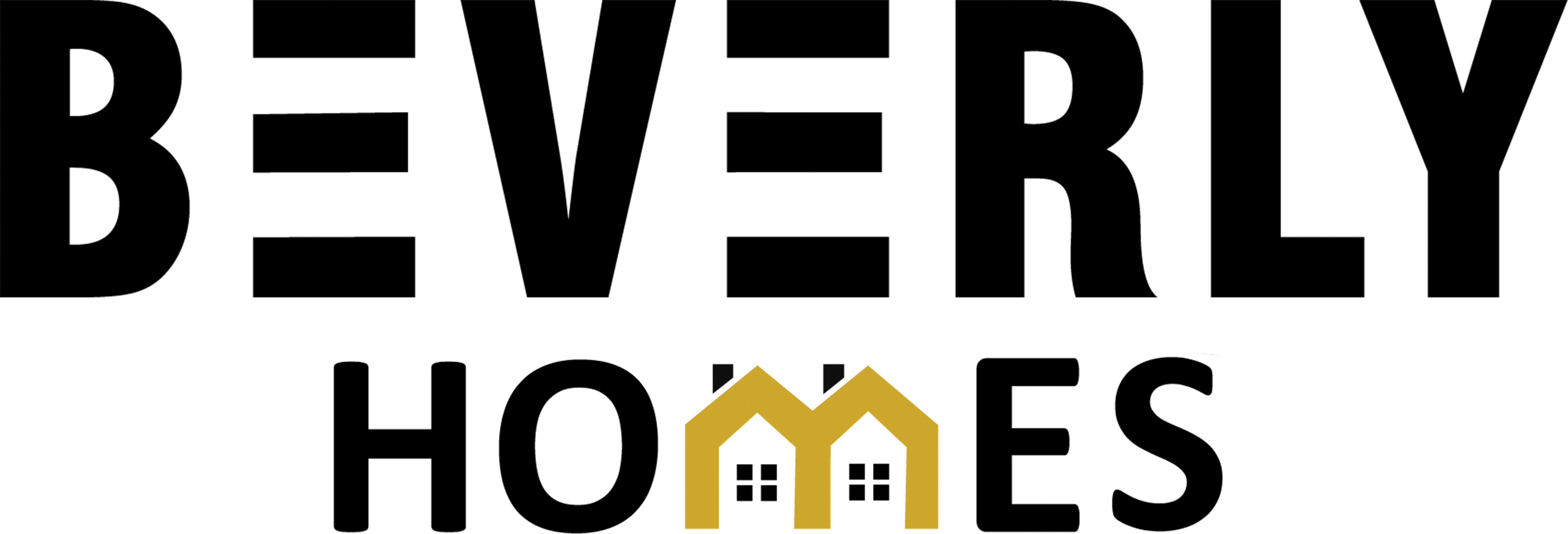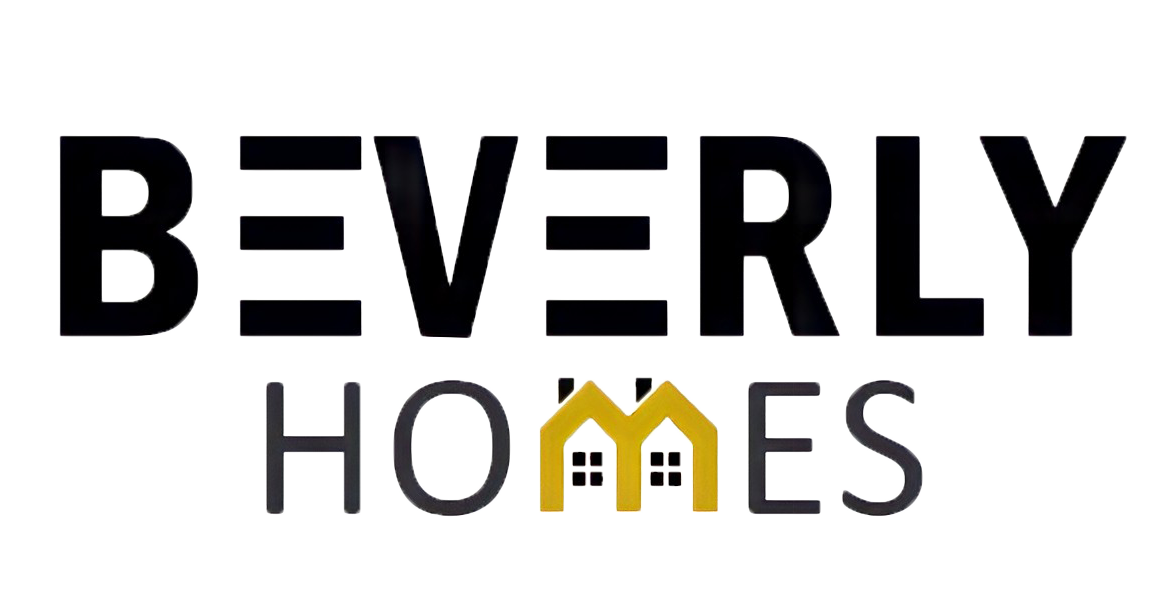As the winter season approaches, homeowners in Melbourne often wonder about the most efficient and Cost-Effective Heating Solutions. With growing energy costs and increasing awareness of environmental sustainability, finding the most efficient way to heat home and the most cost-effective heating has become a priority for many households. In this blog, we’ll explore the various options available to Melbourne homeowners looking to heat their homes efficiently while minimizing their energy bills.
1.Central Heating:
One of the most cost-effective heating solutions for homes is central heating. With proper insulation and regular maintenance, a central heating system can provide consistent warmth throughout your home while being energy-efficient. The key is to ensure that your system is appropriately sized for your existing home as the most cost-effective heating and cooling and that it is operating at maximum efficiency and can be sorted as one of the economical heating options.
- Pros:
– Central heating systems are capable of providing consistent warmth throughout your home.
– They are energy-efficient and also can help you save on your energy bills over time.
– They can be powered by a range of energy sources, including gas, electricity, or solar power.
– Central heating systems are typically easy to control and can be adjusted based on your needs.
– They can be integrated with other efficient ways to heat a home, such as hydronic heating.
- Cons:
– Central heating systems are not an economical way to heat a house, especially when you are considering the most efficient way to run central heating.
– They require regular maintenance to remain efficient and safe.
– They can heat up slowly, particularly if you have a large home or poor insulation.
2.Gas-fired Central Heating:
Gas-fired central heating is One of the most cost-effective ways to heat your home. It uses natural gas to heat water, which is then circulated through radiators or underfloor pipes. Gas-fired systems are typically cheaper to run than electric heating systems. Natural gas is also a relatively clean-burning fuel. However, gas-fired systems require annual servicing to remain efficient and safe.
- Pros:
– Gas-fired central heating is relatively cheap to run and can help you save on your energy bills.
– Natural gas is a relatively clean-burning fuel and is better for the environment than some other heating fuels.
– Gas-fired central heating systems are typically easy to control and can be adjusted according to your needs.
– They can be integrated with other heating technologies, such as solar hot water systems.
- Cons:
– Gas-fired central heating systems can be expensive to install, particularly if you need to retrofit an existing home.
– They require regular maintenance to remain efficient and safe.
– They are just suitable for homes that have a natural gas connection.
3.Electric Heating:
Electric heating is another popular option, particularly for smaller homes or apartments. Electric heaters are available in a range of models, including wall-mounted units and portable heaters, and they offer the flexibility of heating specific areas of your home as needed. While electric heating can be more expensive than gas heating, it is generally considered more energy-efficient and environmentally friendly. This is because the most efficient electric heater for home has to convert almost all the electricity they consume into heat. At the same time, gas-fired systems lose some of the heat through the flue.
- Pros:
– Electric heaters are generally cheaper to install than gas-fired systems.
– They are highly energy-efficient and can help you save on your energy bills over time.
– Electric heating is environmentally friendly and produces no emissions or pollutants.
– They are versatile and can be used to heat specific areas of your home as needed.
– They are user-friendly to control and can be adjusted according to your needs.
- Cons:
– Electric heating can be more expensive to run than gas-fired systems, particularly if you use them frequently.
– They may not be suitable for larger homes, as they are less powerful than central heating systems.
– They may not be able to provide consistent warmth throughout your home.
4.Passive House Design:
For those who are looking for a sustainable and eco-friendly heating solution, a passive house Melbourne may be worth considering. Passive house design is a building standard that aims to create ultra-energy-efficient homes that require very little heating or cooling. These homes are designed to be airtight, with high levels of insulation and ventilation, which allows them to retain heat during the winter and remain cool in the summer. While the initial cost of building a passive house can be higher than traditional homes, the long-term savings on energy bills and maintenance costs can more than makeup for the difference.
- Pros:
– Passive house design is one of the most energy-efficient and sustainable heating solutions available.
– These homes require very little heating or cooling, which can significantly reduce your energy bills.
– They offer a comfortable living environment with consistent temperatures throughout the home.
– Passive houses can be customized to your needs and can be designed in a range of styles and sizes.
– They are environmentally friendly and can help reduce your carbon footprint.
- Cons:
– Passive houses can be expensive to build initially, particularly if you are retrofitting an existing home.
– They require careful planning and design to ensure that they meet the standards for energy efficiency.
– Passive houses require regular maintenance to ensure that they remain energy-efficient and safe.
– They may not be suitable for all climates, and additional heating may be required in colder regions.
5.Hydronic Heating:
Hydronic heating is a popular heating solution that uses water to distribute heat throughout your home. It is a highly efficient and cost-effective option suitable for new builds and retrofitting existing homes. Hydronic heating systems can be powered by a range of energy sources, including gas, electricity, and solar power. They are also relatively easy to control and can be adjusted according to your needs.
- Pros:
– Hydronic heating is highly energy-efficient and can help you save on your energy bills over time.
– They provide consistent warmth throughout your home, and each room can be individually controlled.
– Hydronic heating systems are relatively quiet and unobtrusive.
– They can be powered by a range of energy sources, including gas, electricity, and solar power.
– Hydronic heating can be used in combination with other heating technologies, such as underfloor heating.
- Cons:
– Hydronic heating systems can be expensive to install, particularly if you need to retrofit an existing home.
– They require regular maintenance to remain efficient and safe.
– They can heat up slowly, particularly if you have a large home or poor insulation.
– They may not be suitable for all climates, and additional heating may be required in colder regions.
Conclusion
Choosing the right heating solution for your Melbourne home can be a challenge. Still, with careful consideration of your needs and preferences, you can find a solution that works for you. Whether you choose central heating, gas-fired central heating, electric heating, passive house design, or hydronic heating, there are pros and cons to each option. It’s essential to consider factors such as cost, energy efficiency, environmental impact, and maintenance requirements before making a decision.
At Beverly Homes, we understand the importance of choosing the right heating solution for your home. As custom home builders in Melbourne, we are committed to creating sustainable and energy-efficient homes that meet the needs of our clients. We specialize in passive house design and can help you create a home that is not only comfortable but also environmentally friendly and cost-effective. Contact us today to learn more about our services and how we can help you build your dream home.

